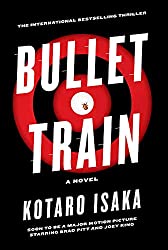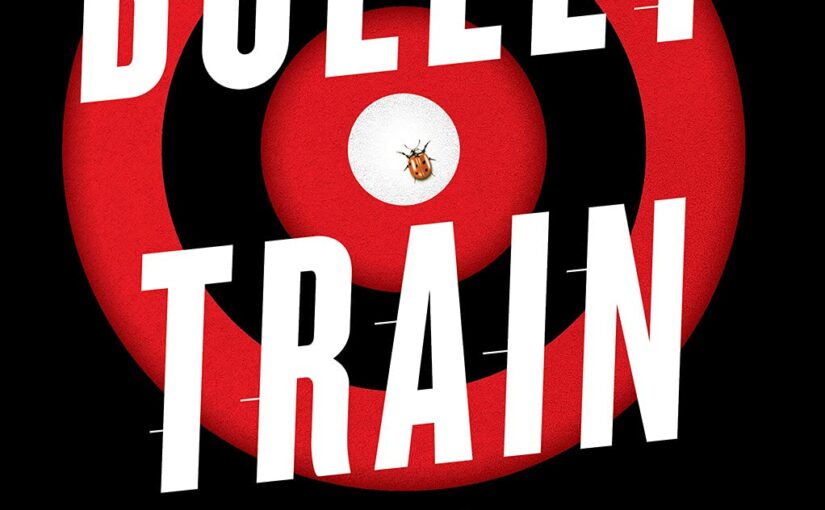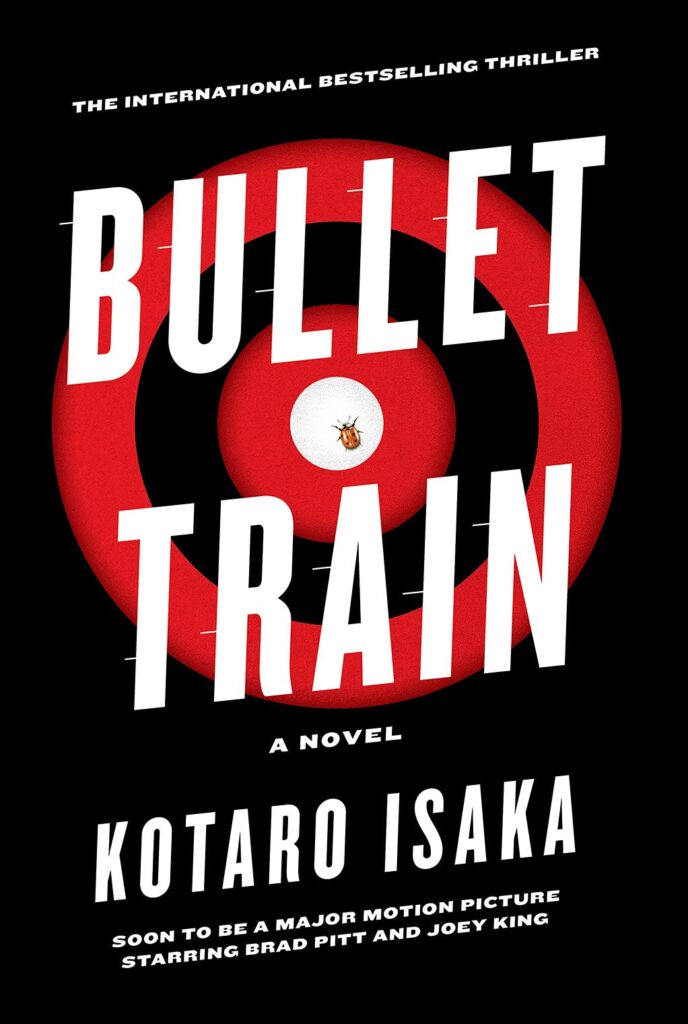I picked up Bullet Train by Kotao Isaka intent on experiencing a taut, quickly paced page turner. Instead, I cursed the size of the font, gave the book to my wife, and cursed this book was almost exclusively intended for fighter pilots. However, she could easily read Bullet Train. Apparently, I just needed to see the eye doctor, who probably has eyesight like a falcon who’s out for prey. Actually, I knew that I needed to get the prescription updated, but the summertime malaise had started to take root. My new plastic optics were firmly in place and Bullet Train was firmly on my chest, as a lay down after a muggy summer’s day.
And, wow, Bullet Train reads like the adult thriller that you hoped and wanted it to be. There were moments where I thought that the exposition and background were too much, much like my introductory first paragraph, but I was momentarily inspired whilst writing. It’s like Die Hard on a train. No, that was Under Siege 2: Dark Territory, which was quite crap in hindsight. Instead, Bullet Train, as a novel, reads like a screenplay from the better parts of Quentin Tarantino. His movies are laden with characters who can be as funny and relatable, as they are ruthless and cruel.
Isaka’s characters in Bullet Train have the same vibe in the way that they engage each other. Bullet Train has action, but it’s the personality and machinations of the characters that make the book move. The trapped scenario of a train also lends itself to the claustrophobic atmosphere where nobody can be trusted
The book consists of five main characters, each of whom can’t be trusted. The Prince is a brilliant teenager, who enjoys psychological games and is a seasoned assassin. Kimura is another bad guy, whose son is in the hospital, thanks to the Prince. He’s on the train to kill the Prince, but other forces that operate under the law have work to do on the train too.
Nanao is a recovering assassin who simply wanted a job where he could score some quick cash. His assignment was just to take a briefcase from one of the compartments on the Shinkansen and get off. Unfortunately for him, there are two other assassins, Tangerine and Lemon, who are also tasked with obtaining the briefcase.

The chapters in the book are concisely written with each of them being presented from the perspective of a certain character. Moreover, the chapters take place in select train cars on the Shinkansen, with a pictograph on each of them resembling the train car to show where the action is happening. The shifting perspective of the story deepens further when it shifts back in time. A couple of times it shifts back to when the characters weren’t on the train, and in a couple of fewer instances, it shifts back a little bit to where other characters can catch up to where someone else is during a particularly tense moment.
The bottom line is that Bullet Train is a great book. Its length and subject matter make it appropriate for those readers in high school and up. It’s got a breathless nature that doesn’t take itself too seriously, yet never belies the fact that the characters are up against real danger. And in a world of characters that come back from the dead or CGI scenes that numb your senses, it’s refreshing to encounter. I hope that the movie measures up to Bullet Train, the book. After having seen the trailer for the film I know that they’ve changed a couple of key plot points, but I’ll still be along for the ride. A
Bullet Train is a novel by Kotaro Isaka, available on The Overlook Press, an imprint of Abrams Books, and appropriate for high school readers and up.
There are affiliate links in this post.






 Facebook
Facebook Twitter
Twitter Flickr
Flickr GooglePlus
GooglePlus Youtube
Youtube